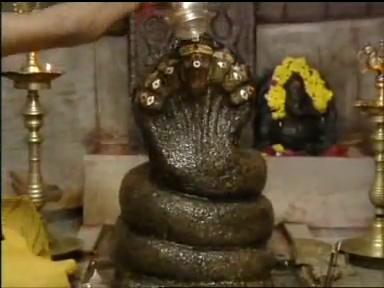Ardhachakrasana 1 (half wheel pose)

Posture

Posture

Posture
Pre Position
Supine Position, Tadagasana
Use
Ardhachakrasana 2Supine Position, Tadagasana
Use
PositionTake supine position, attain Tadagasana posture then join both the legs & knees, lift your waist and make straight line of your spinal column as shown in fig. Try to remain in this position without disturbing the posture, relax all muscles and continue normal breathing. While releasing slowly lower the waist to touch the ground, legs to original position.
Releasing
Releasing
Duration
Internal Effects
Precaution
Internal Effects
Precaution

Posture
Pre Position
Supine Position, Tadagasana, Ardhachakrasana 1.
Use
Supine Position, Tadagasana, Ardhachakrasana 1.
Use
PositionTake supine position, attain Ardhachakrasana 1 posture then straighten left leg in knee and try to remain in this position without disturbing the posture, relax all muscles and continue normal breathing. While releasing slowly bring the left leg back to normal, lower the waist to touch the ground. Repeat this with right leg stretched. While releasing slowly bring the right leg back to normal position.
Releasing
Releasing
Duration
Internal Effects
Precaution
Internal Effects
Precaution
Ardha Chakrasana (half wheel pose) | |||||||||||||||||||||||||||
| |||||||||||||||||||||||||||
| Ardha - Half; Chakra - Wheel It is known as the Half Wheel Pose as it is the precursor to practicing Chakrasana, the full wheel pose. Though it does not give the impression of half a circle it prepares the body for the practice of Chakrasana. | |||||||||||||||||||||||||||
Taking the asana position
| |||||||||||||||||||||||||||
The asana position
| |||||||||||||||||||||||||||
Releasing the asana position
| |||||||||||||||||||||||||||
Anatomical focus
| |||||||||||||||||||||||||||
Awareness
| |||||||||||||||||||||||||||
Do's
| |||||||||||||||||||||||||||
Dont's
| |||||||||||||||||||||||||||
Benefits
| |||||||||||||||||||||||||||
Therapeutic application
| |||||||||||||||||||||||||||
Precautions & contra-indications
| |||||||||||||||||||||||||||
DurationBuild up to 30 seconds to gain benefits and after some practice, time can be increased up to 3 minutes. | |||||||||||||||||||||||||||
Variations & tips
| |||||||||||||||||||||||||||
Sequence
| |||||||||||||||||||||||||||
Preparatory poses
| |||||||||||||||||||||||||||
Follow-up poses
| |||||||||||||||||||||||||||
Ancient textsNone of the ancient texts mention this asana however it is in practice through traditional master-disciple coaching (guru shishya parampara). | |||||||||||||||||||||||||||




కామెంట్లు లేవు:
కామెంట్ను పోస్ట్ చేయండి